Rice grown in Xinjiang desert
(ECNS) -- In an agricultural industrial farm in Hotan, Xinjiang Uyghur Autonomous Region, rice is thriving on three-tiered cultivation racks in a plant factory, thanks to vertical, multi-layered space utilization and soilless culture technology, which significantly boosts yield per unit area.
It takes just two months from planting to harvest, much shorter than the typical 120-150-day growth cycle for rice in China.
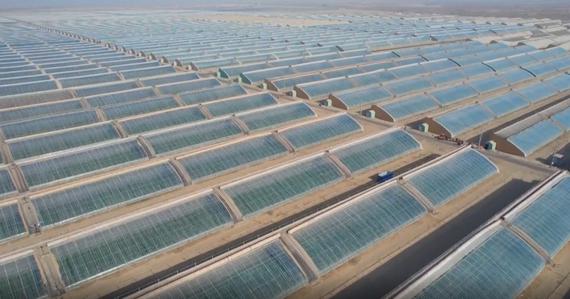
"We are growing the local Xindao-1 (new rice) variety, using rapid breeding technology," said Wang Sen, a researcher at the Institute of Urban Agriculture of the Chinese Academy of Agricultural Sciences, to People's Daily.
The seedling period for the new variety is 15 days, and after transplanting the rice seedlings into the vertical cultivation slots, the entire growth cycle only takes 60 days, Wang added.
Inside the plant factory, numerous LED lights help with rapid rice breeding. Shi Dawei, a member of the research team, explained that by continuously adjusting the light formula based on the photosynthetic needs of rice at different growth stages, the right amount of supplementary lighting can be achieved, significantly shortening the breeding cycle.
Led by Chief Scientist Yang Qichang and his research team at the Institute of Urban Agriculture of the Chinese Academy of Agricultural Sciences, they have achieved a technological breakthrough that cuts the rice growth period in half and allows continuous breeding throughout the year without seasonal restrictions.
Yang noted the plant factory can control temperature, humidity, lighting, carbon dioxide, and rhizosphere nutrition. In April, the first trial of rapid breeding rice was harvested, yielding 15,772.5 kilograms per hectare. Since May, two more harvests have been completed, and the fourth is currently underway.
"In the future, we can explore efficient crop growing on the Gobi desert through desert greenhouses by applying new technologies. If we harvest just five times a year, the annual yield per hectare can reach about 75,000 kilograms, contributing to food security," Yang said.
Yang Jun, another team member, showed a vertical circulation seedling machine. "This machine keeps rotating, making light is fully exposed to each plant, allowing the plants to grow evenly, so the seedling can be completed in just 15 days. A seedling machine covers an area of only about 10 square meters and can supply seedlings needed for 50 acres of rice."
This rapid breeding technology has been successfully tested in the plant factory in Chengdu, Sichuan, but due to weak natural light in Chengdu, the process mainly relies on artificial lighting, which leads to higher energy and operating costs. As a result, the research team turned their attention to Hotan, Xinjiang.
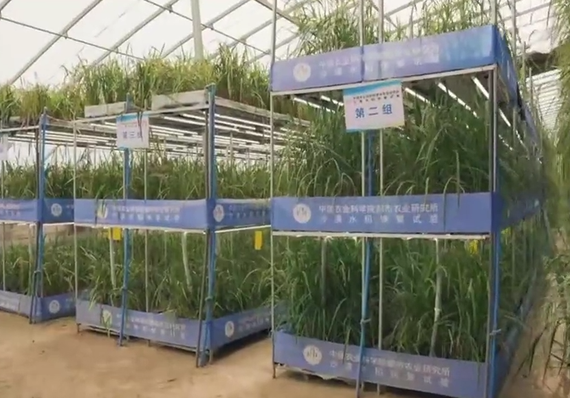
In Hotan, many greenhouses are built on the desert, with low construction land costs and long sunshine hours. "We can make the most of natural light and accumulate heat without the need for coal to maintain temperature," making Hotan an ideal test site, said Yang Qichang.
After more than two years of testing, the team has finally overcome key challenges related to the rapid growth of rice under desert greenhouse conditions.
Yang has calculated the cost: "The construction cost of this energy-efficient desert greenhouse is only about 350 yuan per square meter. In the future, with the combination of new energy, mechanization, and intelligent equipment technology, its construction and operation costs will be further reduced."
Currently, there are four plant factories in the desert agricultural industrial park.
In addition to rice, they also grow corn, tomatoes, ginseng fruit, and other different crops.
Yang and his research team are continuing to explore the key technologies for rapid breeding of staple crops such as soybeans, corn, and wheat, as well as rapeseed, cotton, and alfalfa in the desert greenhouse. These efforts aim to provide scientific and technological support for the future of rapid crop breeding and efficient production in greenhouses.






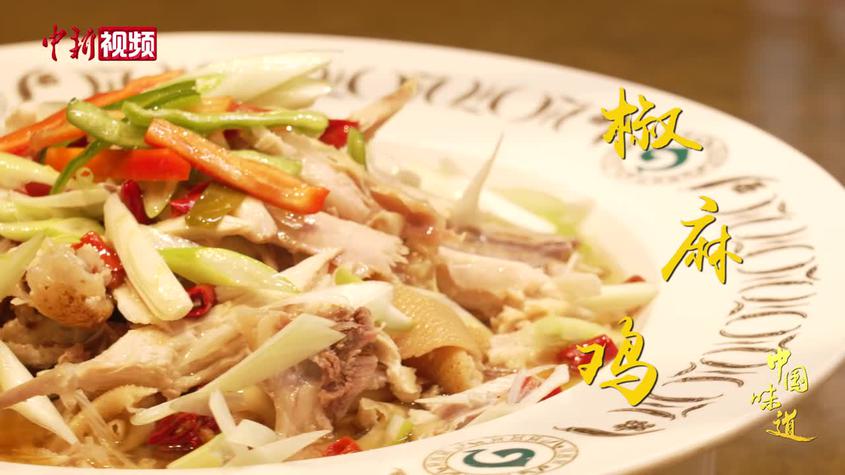

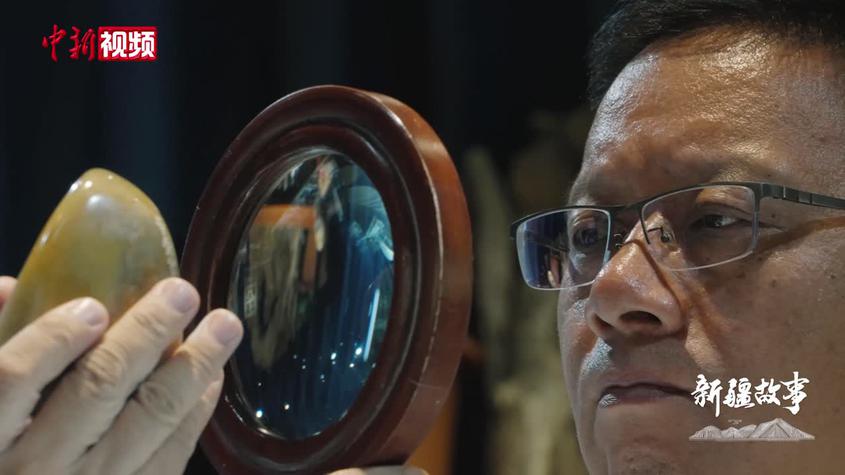







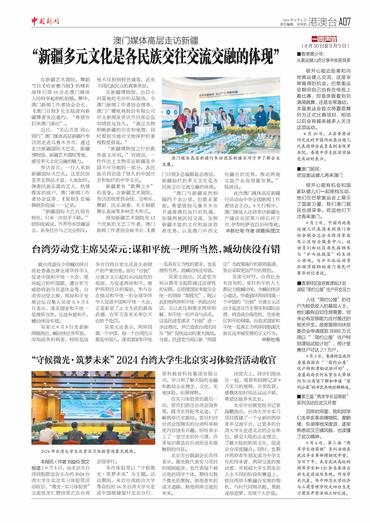
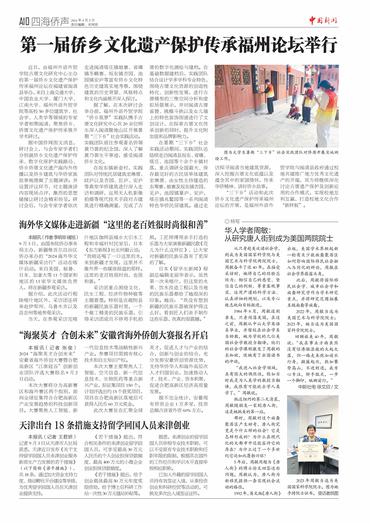
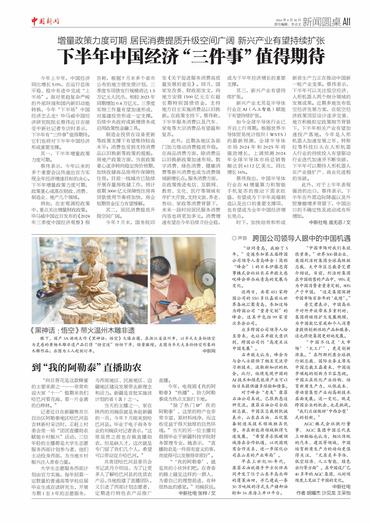
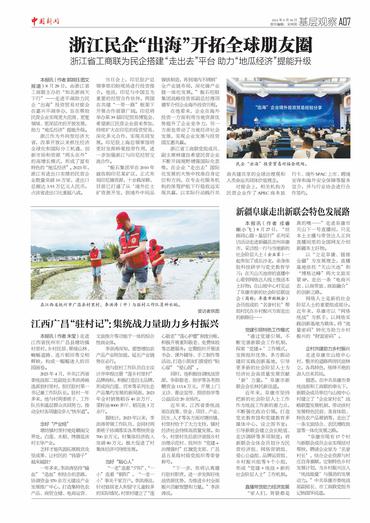
 京公網(wǎng)安備 11010202009201號(hào)
京公網(wǎng)安備 11010202009201號(hào)